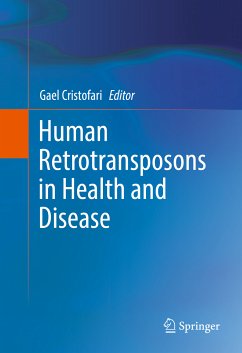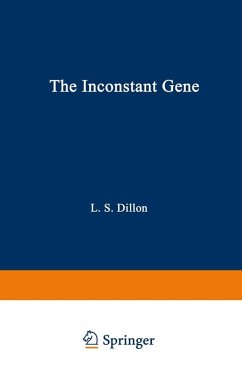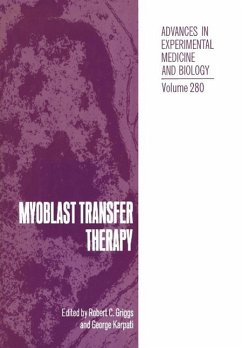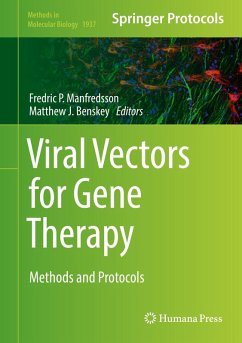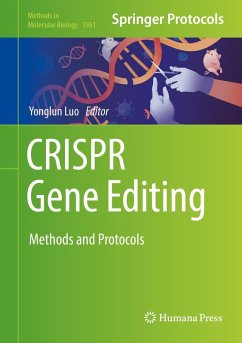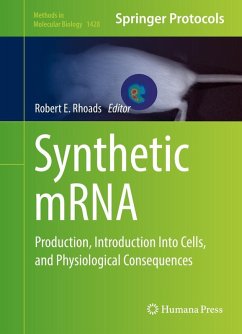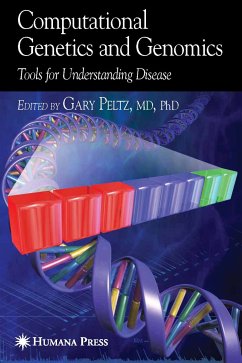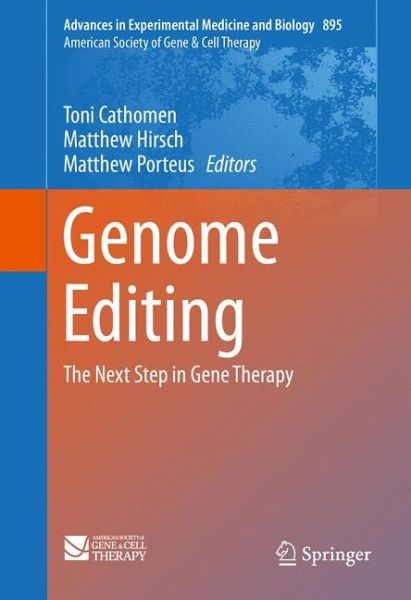
Genome Editing (eBook, PDF)
The Next Step in Gene Therapy
Redaktion: Cathomen, Toni; Porteus, Matthew; Hirsch, Matthew
Versandkostenfrei!
Sofort per Download lieferbar
104,95 €
inkl. MwSt.
Weitere Ausgaben:

PAYBACK Punkte
52 °P sammeln!
This comprehensive volume explores human genetic engineering its pre-clinical and clinical applications, current developments, and as treatment for hereditary diseases. It presents and evaluates the most recent advances in the understanding of mammalian host DNA repair mechanisms, such as double-strand break induced gene targeting and mutagenesis, the development of zinc-finger nucleases, genome editing for neuromuscular diseases, phase integrases, triplex forming oligonucleotides and peptide nucleic acids, aptamer-guided gene targeting, AAV gene editing via DSB repair, engineered nucleases an...
This comprehensive volume explores human genetic engineering its pre-clinical and clinical applications, current developments, and as treatment for hereditary diseases. It presents and evaluates the most recent advances in the understanding of mammalian host DNA repair mechanisms, such as double-strand break induced gene targeting and mutagenesis, the development of zinc-finger nucleases, genome editing for neuromuscular diseases, phase integrases, triplex forming oligonucleotides and peptide nucleic acids, aptamer-guided gene targeting, AAV gene editing via DSB repair, engineered nucleases and trinucleotide repeat diseases, and creation of HIV-resistant cells. The expertly authored chapters contextualize current developments within the history of genome editing while also discussing the current and potential safety concerns of this rapidly growing field.
Genome Editing: The Next Step in Gene Therapy, the latest volume in the American Society of Gene and Cell Therapy series, deftly illuminates the potential of genetic engineering technology to eradicate today's deadliest and most prolific diseases. It is ideal reading for clinicians and researchers in genetics and immunology.
Genome Editing: The Next Step in Gene Therapy, the latest volume in the American Society of Gene and Cell Therapy series, deftly illuminates the potential of genetic engineering technology to eradicate today's deadliest and most prolific diseases. It is ideal reading for clinicians and researchers in genetics and immunology.
Dieser Download kann aus rechtlichen Gründen nur mit Rechnungsadresse in A, B, BG, CY, CZ, D, DK, EW, E, FIN, F, GR, HR, H, IRL, I, LT, L, LR, M, NL, PL, P, R, S, SLO, SK ausgeliefert werden.



